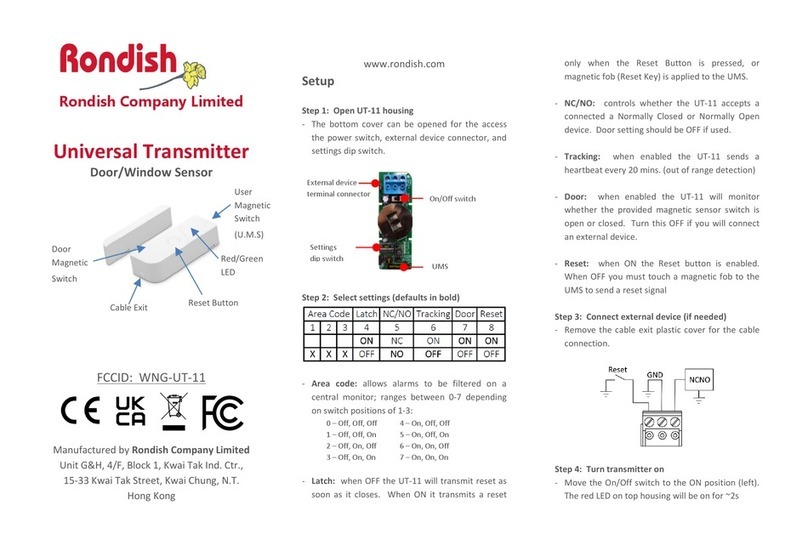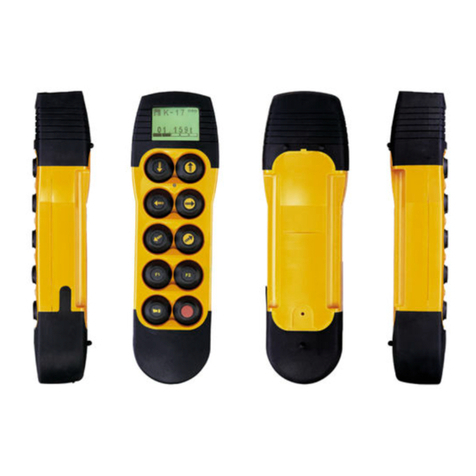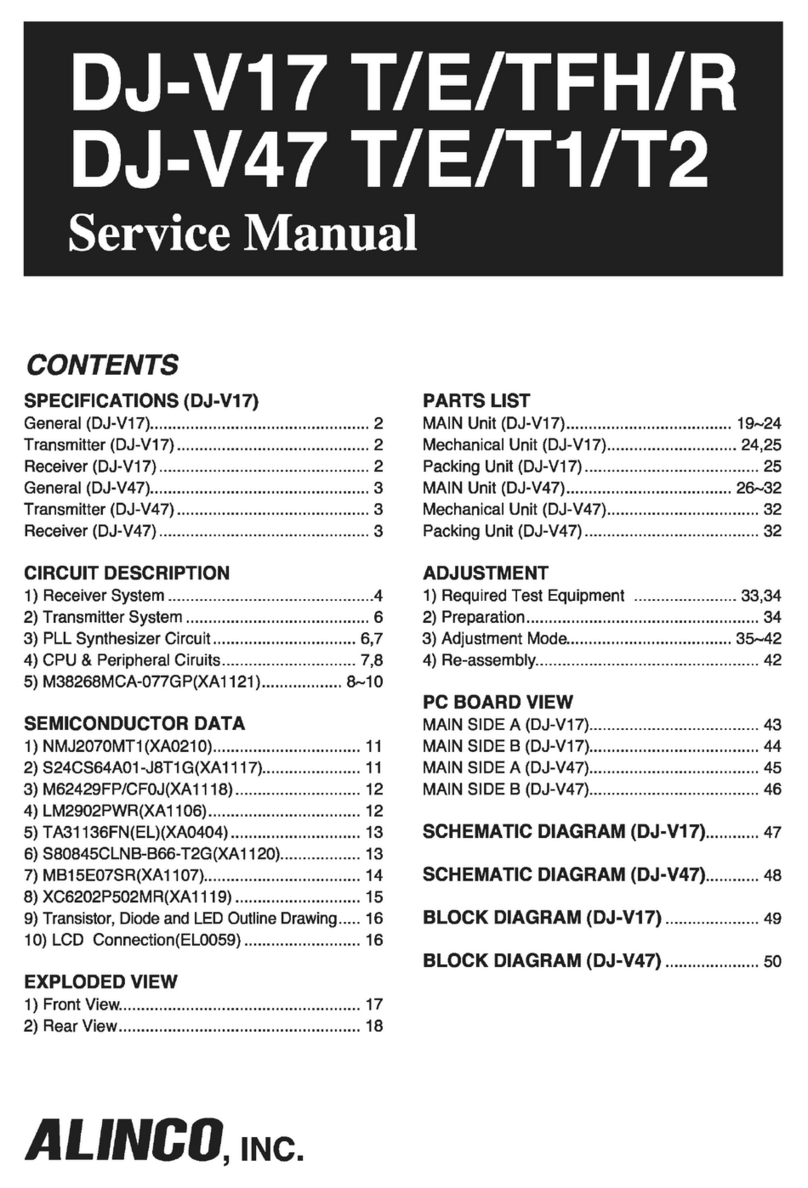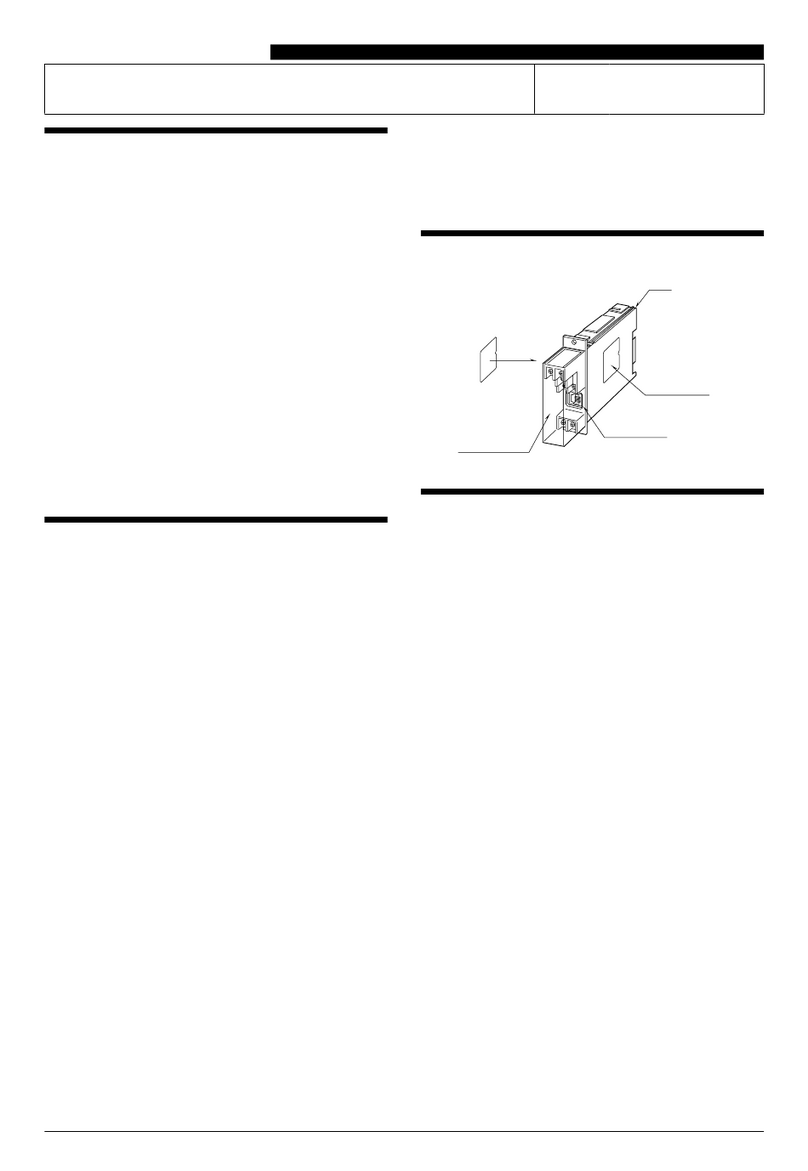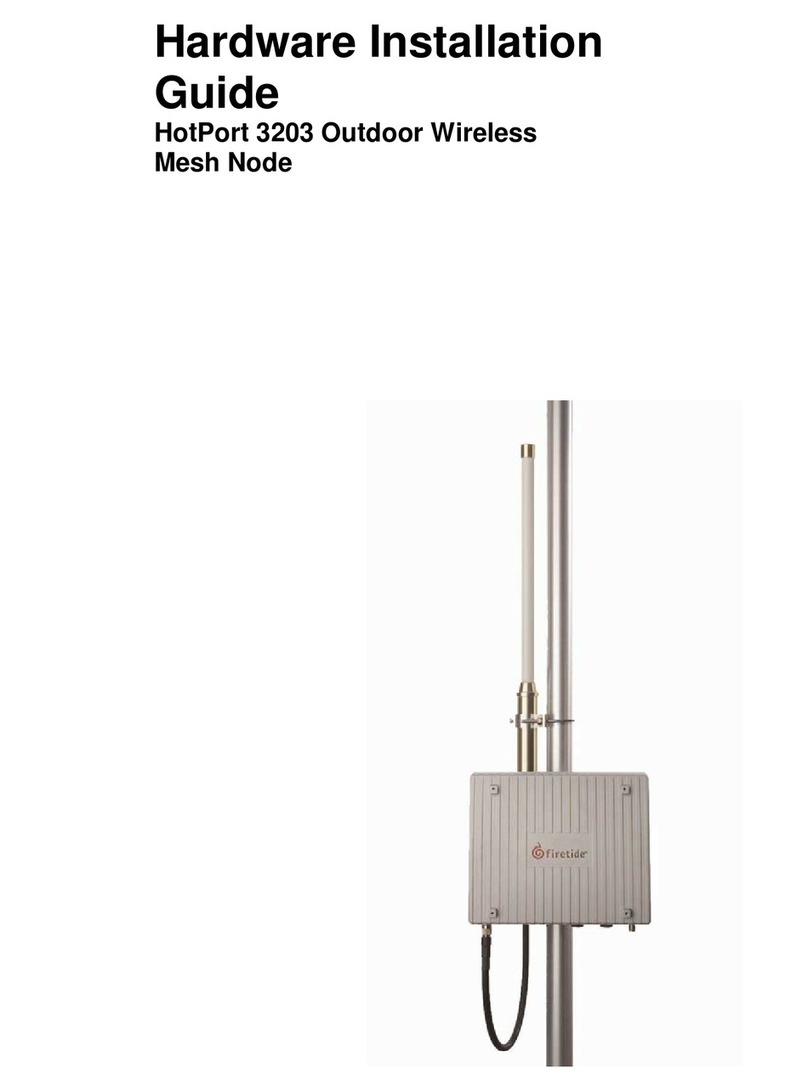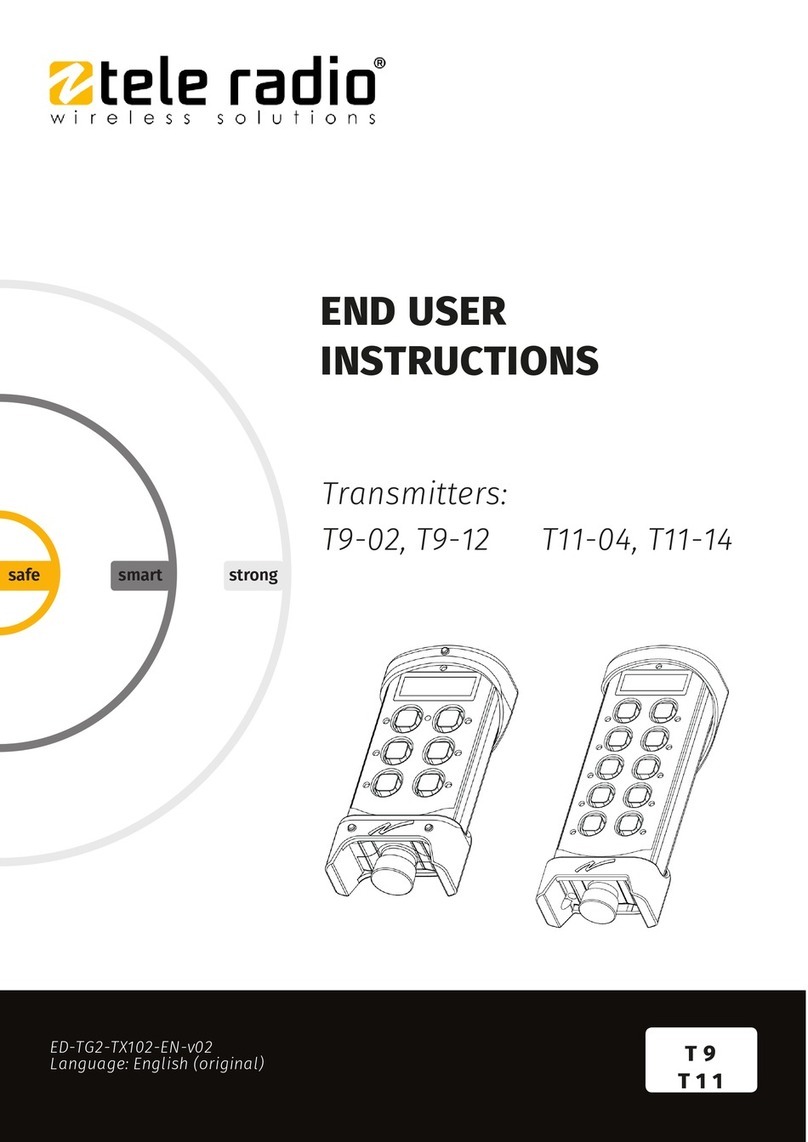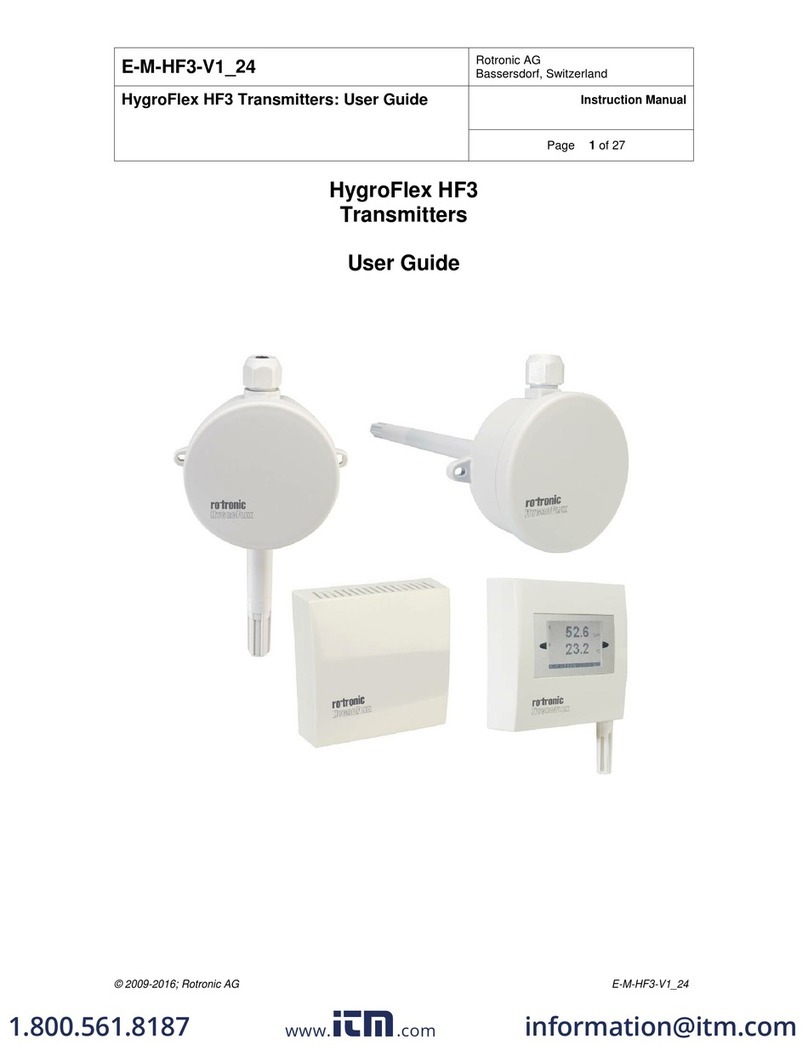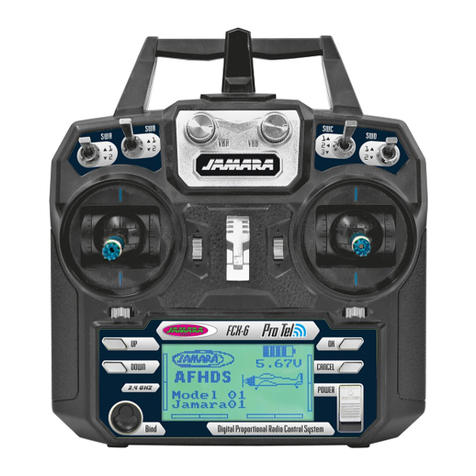
6
211 338 44.indd / 081019
IMPORTANT.
Operating hazard for the product.
• This symbol indicates information on appropriate use of the product.
• Failure to follow these instructions can result in malfunctions, damage or
pollution of the environment.
NOTE
• This symbol indicates useful information and tips on smooth and efficient
use of the product.
i
i
2.2.3 Further information
DRC-MJ D3 hand-held transmitter are intended to be used as control units and
transmitter stations for DRC-DR and DRC-MP radio receivers. The radio receiver
is only referred to as DRC in the description below and, therefore, stands for both
DRC-DR and DRC-MP receivers. The scope of functions is designed preferably for
wireless control of crane installations, travelling hoist units, chain and rope hoists,
transfer carriages and similar applications.
The operator can position himself as required. He can control loads and
movements from a safe distance. He must always select a location to ensure that
all movements of the load and the crane can be monitored and any hazardous
movement can be switched off in good time. Before starting any crane movement
by actuating the control element, the operator must determine which crane is being
controlled. The DRC-MJ D3 hand-held transmitter screen shows the ID/crane
number of the crane under control. The radio-controlled crane must be identified
by means of the ID/crane number in a way that is clearly visible to the operator.
If required, a signal must be actuated prior to a crane movement for acoustic
control.
DRC transmitters and receivers meet the requirements of the standards and
regulations listed in the EC conformity declaration. The specified EC conformity
declaration is an integral part of the relevant user manual/assembly instructions.
DRC transmitters and receivers do not require any registration or operating
fees, see section 4.2 “International postal approval”. The benefits that this
provides for the user are also utilised by some other manufacturers of devices for
communications and telemetry applications. Consequently, the relevant approved
frequency ranges may be used by many transmitters at the same time, depending
on the time and location.
The state-of-the-art transmission method is provided with technical features
(frequency hopping) which are designed to ensure a minimum of conflicts for radio
operation together with other transmitter and receiver devices which use the same
frequency range.
Despite all of the technical precautions taken by the manufacturer, it cannot be
entirely excluded that the transmission characteristics of other radio systems are
impaired, in particular devices supplied by other manufacturers that use the same
frequency range, or are negatively affected by the transmission characteristics of
the system supplied by the manufacturer.
In such cases, interference or radio connection interruptions may occur, which
disrupt the communication and function of a system supplied by the manufacturer
or other manufacturers. Such impairment or interference does not constitute a
defect on the part of DRC D3 transmitters and receivers.
The manufacturer accepts no liability for wilful or grossly negligent behaviour.
2.3 Intended use





